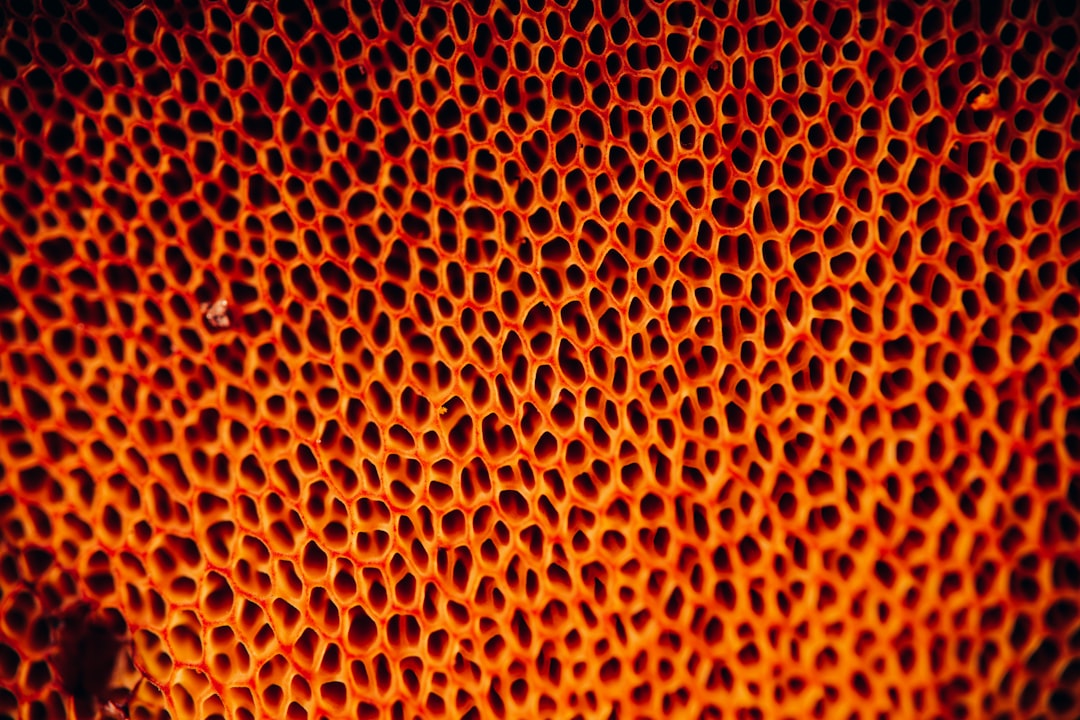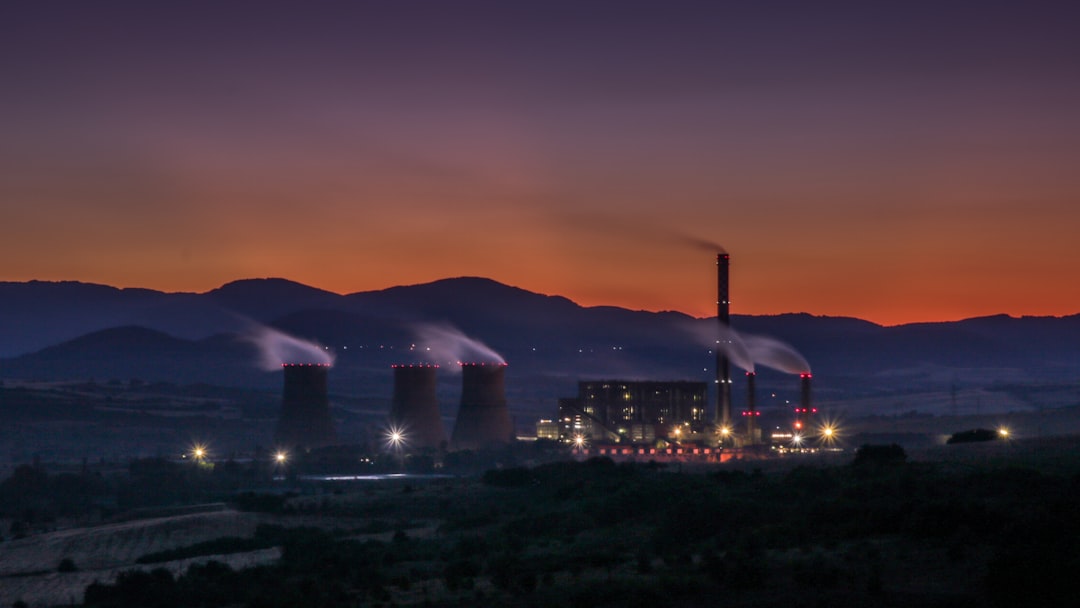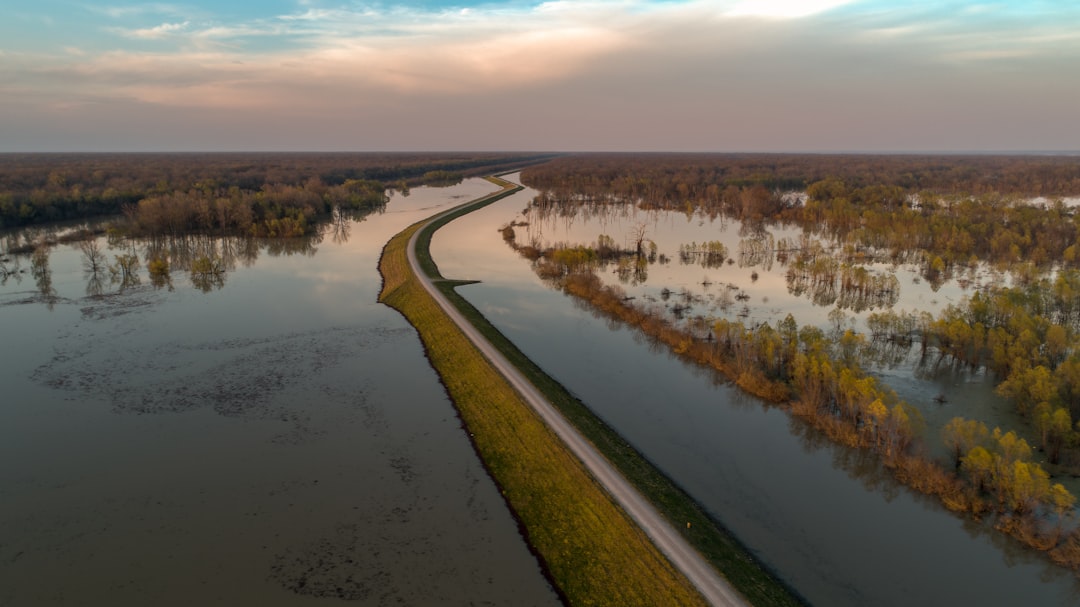What is it about?
The aim of our researches is to study the interplay between membrane morphology and elaboration parameters during non-solvent induced phase separation (NIPS) processes. The present investigation is to correlate the solvent-nonsolvent mass transfer kinetics with the structural morphology and properties of polymeric membranes obtained via water vapour induced phase separation (VIPS) process. For the first time, we have monitored and quantified mass transfer kinetics during VIPS process on homogeneous solution of poly-(vinylidene fluoride) (PVDF) dissolved at two different temperatures in NMP, using near IR spectroscopy (NIR) with chemometric model.
Featured Image

Photo by Linus Mimietz on Unsplash
Why is it important?
A significant change in mass transfer rate (i.e., water penetration) has been observed much earlier than the liquid demixing of the polymer solution occurs for two studied dissolution temperatures.
Perspectives
Consecutively to the water penetration, modifications in the physical state (gelation) of the polymer started to occur prior to reaching demixing process. This phenomenon was discussed in terms of macromolecular organization of PVDF caused by the decrease of the solvency power. It is assumed that this physical evolution of the polymer solution influences the phase separation mechanisms and thus the obtained surface and structural morphology of the PVDF membranes.
Dr Pratheep K Annamalai
University of Queensland
Read the Original
This page is a summary of: Kinetics of mass transfer during vapour-induced phase separation (VIPS) process and its influence on poly-(vinylidene fluoride) (PVDF)membrane structure and surface morphology, Desalination and Water Treatment, October 2011, Taylor & Francis,
DOI: 10.5004/dwt.2011.2809.
You can read the full text:
Contributors
The following have contributed to this page










